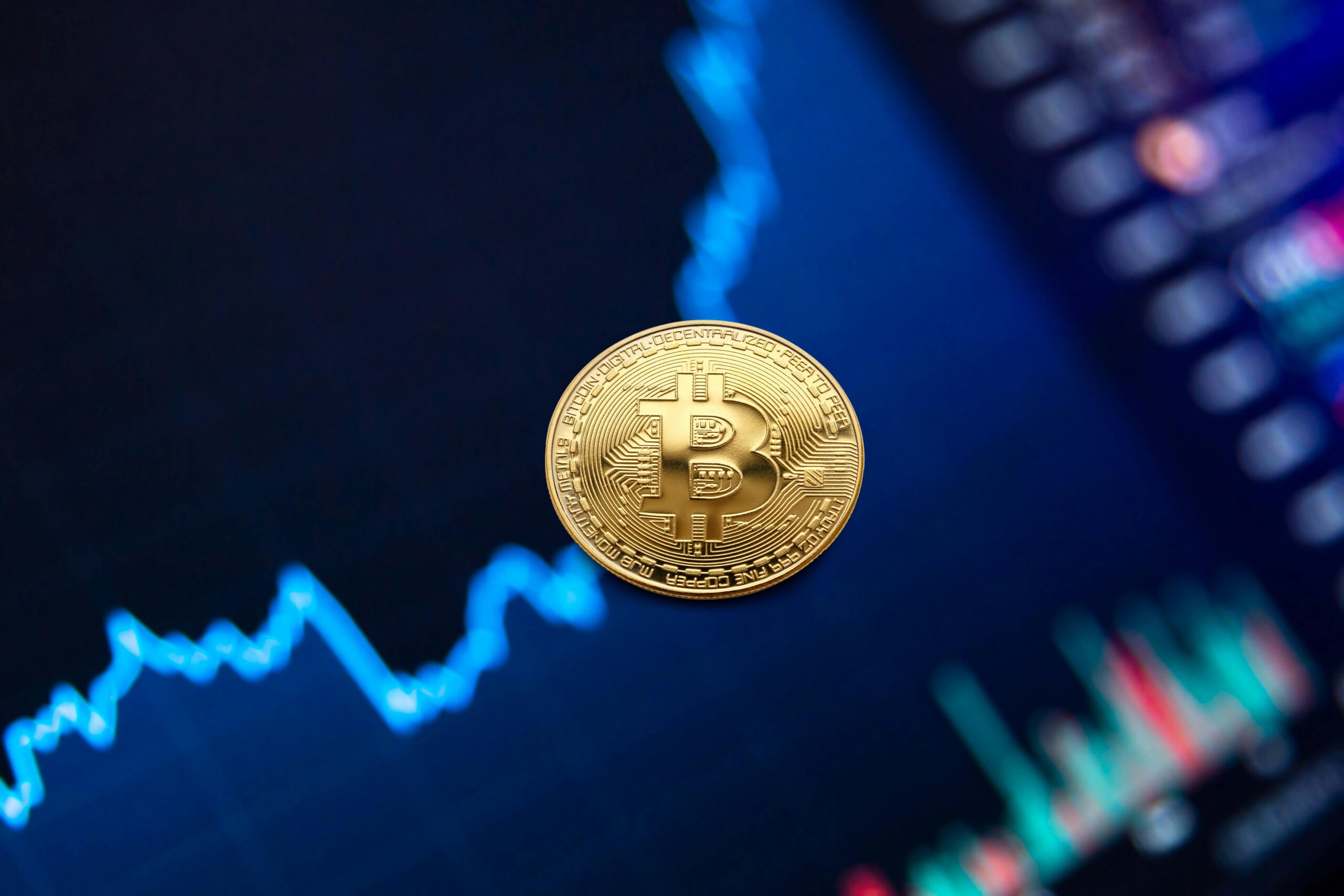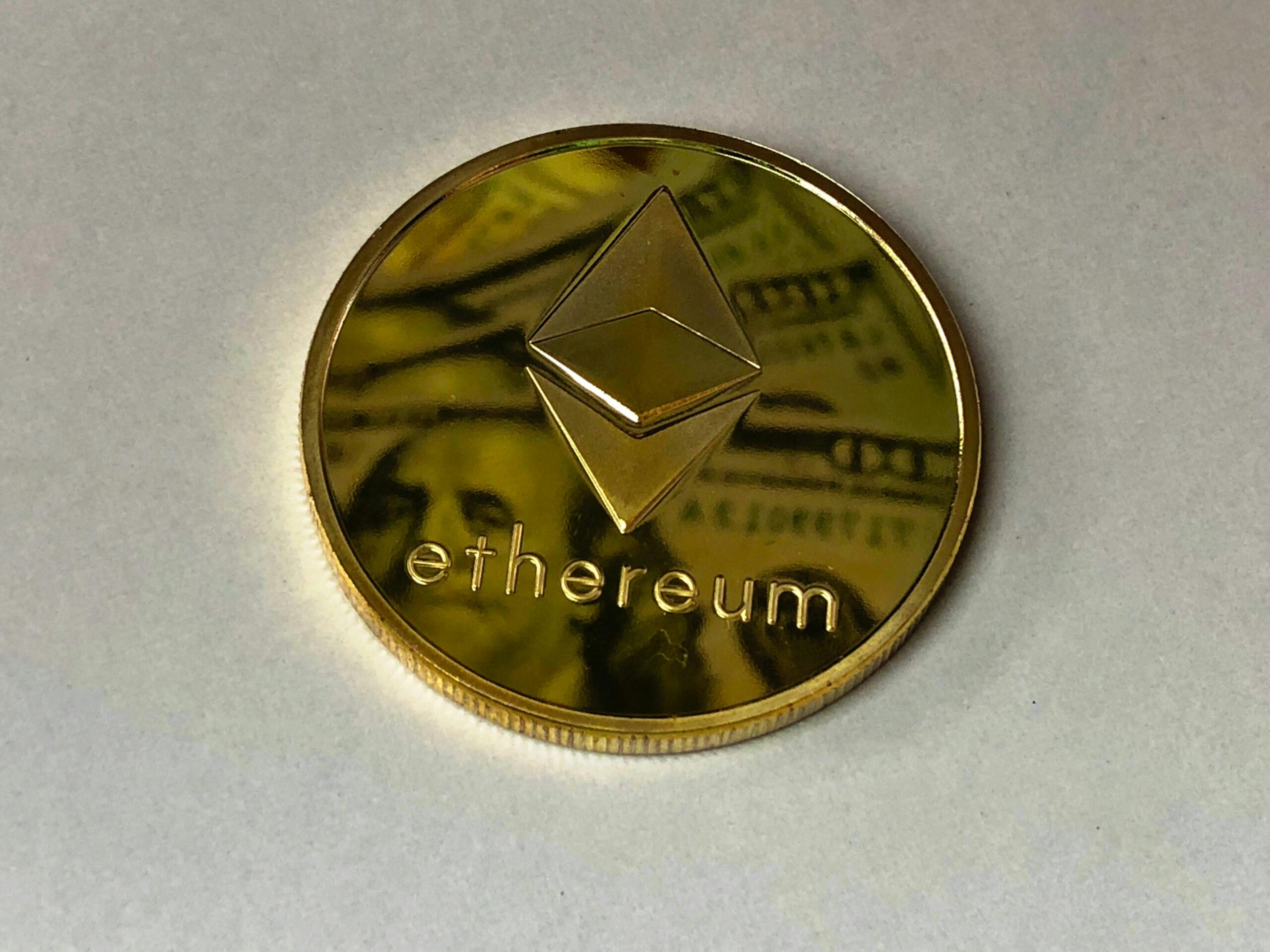As a blockchain developer documenting my journey on CryptoNotePool, I want to share a comprehensive roadmap that will guide you from being a complete beginner to becoming an advanced cryptocurrency developer. This guide combines my personal experience with industry best practices to create a clear path forward.
Why Become a Cryptocurrency Developer?
The blockchain industry continues to evolve rapidly, offering exciting opportunities for developers. As a crypto developer, you can:
- Build decentralized applications (dApps) that revolutionize traditional systems
- Work on cutting-edge technology that’s shaping the future of finance
- Join a growing industry with competitive salaries ($70,000 – $200,000+)
- Contribute to open-source projects with global impact
- Be part of an innovative and dynamic community
The Learning Journey: Your 12-18 Month Roadmap
Phase 1: Building the Foundation (3-4 Months)
1. Core Programming Skills
- JavaScript Fundamentals
- Variables, functions, and control structures
- Promises and async/await
- ES6+ features
- Object-oriented programming
- Development Environment
- Git version control
- Command line basics
- Code editors (VSCode recommended)
- Node.js and npm
2. Blockchain Fundamentals
- Core Concepts
- Distributed ledger technology
- Consensus mechanisms (PoW, PoS)
- Public vs private blockchains
- Cryptography basics (hash functions, public-key cryptography)
- Getting Started Resources
- CryptoZombies.io for interactive Solidity learning
- Ethereum.org documentation
- FreeCodeCamp’s Solidity course
- Web3.University tutorials
Phase 2: Smart Contract Development (3-4 Months)
1. Solidity Programming
- Basic Concepts
- Contract structure
- Data types and variables
- Functions and modifiers
- Events and logging
- Advanced Topics
- Gas optimization
- Security best practices
- Design patterns
- Testing strategies
2. Development Frameworks
- Essential Tools
- Hardhat/Truffle development environment
- Web3.js/Ethers.js libraries
- OpenZeppelin contracts
- Remix IDE
3. First Projects
- Create a basic token (ERC20)
- Build a simple NFT (ERC721)
- Develop a basic DeFi contract
Phase 3: Advanced Development (4-6 Months)
1. DeFi Development
- Core Concepts
- Automated Market Makers (AMMs)
- Lending protocols
- Yield farming
- Flash loans
- Advanced Smart Contracts
- Complex token mechanisms
- Protocol integration
- Governance systems
- Multi-signature wallets
2. Security and Optimization
- Security Best Practices
- Common vulnerabilities and exploits
- Audit procedures
- Testing methodologies
- Gas optimization techniques
3. Full-Stack Integration
- Frontend Development
- React.js for dApp interfaces
- Web3 integration
- MetaMask connectivity
- User experience design
4. Layer 2 Solutions
- Understanding scaling solutions
- Implementation of L2 protocols
- State channels and sidechains
- Optimistic rollups
Essential Tools and Resources
Development Tools
- Code Editors and IDEs
- Visual Studio Code with Solidity extensions
- Remix IDE for quick prototyping
- JetBrains IntelliJ with Solidity plugin
- Testing and Deployment
- Ganache for local blockchain
- Hardhat for development framework
- Etherscan for verification
- Infura/Alchemy for node access
- Version Control and Documentation
- GitHub for code repository
- GitBook for documentation
- Notion for project management
Learning Resources
Free Resources
- Online Courses
- FreeCodeCamp Solidity Course
- CryptoZombies.io
- Ethereum.org tutorials
- Web3 University
- Documentation
- Solidity docs
- OpenZeppelin guides
- Ethereum Yellow Paper
- Protocol documentation
Paid Resources
- Premium Courses
- Udemy Ethereum Developer courses
- ConsenSys Academy
- Alchemy University
- Ivan on Tech Academy
Building Your Portfolio
1. Essential Projects
- Create an ERC20 token with advanced features
- Build an NFT marketplace
- Develop a basic DeFi protocol
- Contribute to open-source projects
2. Advanced Projects
- Build a yield farming protocol
- Create a decentralized exchange
- Develop a governance system
- Implement cross-chain bridges
Career Development Strategy
1. Community Engagement
- Join Discord developer communities
- Participate in hackathons
- Contribute to DAO discussions
- Attend local blockchain meetups
2. Professional Growth
- Build a strong GitHub profile
- Create technical blog posts
- Speak at conferences
- Mentor newer developers
3. Job Search Strategy
- Build a portfolio website
- Network on LinkedIn
- Contribute to open source
- Participate in hackathons
Continuous Learning
The blockchain space evolves rapidly. Stay updated through:
- Following key developers on Twitter
- Reading protocol documentation
- Participating in governance discussions
- Experimenting with new tools and frameworks
Success Tips
- Practice Consistently
- Code daily, even if just for an hour
- Build small projects regularly
- Document your learning journey
- Share your knowledge with others
- Network Effectively
- Join developer Discord servers
- Participate in online discussions
- Attend virtual and local events
- Build relationships with other developers
- Stay Updated
- Follow blockchain news
- Read technical papers
- Experiment with new protocols
- Participate in testnets
Conclusion
Becoming a cryptocurrency developer is a challenging but rewarding journey. This roadmap provides a structured path, but remember that learning is non-linear. Focus on understanding core concepts deeply before moving to advanced topics, and always prioritize writing secure, efficient code.
I’ll be sharing more detailed guides and tutorials on specific topics mentioned in this roadmap on CryptoNotePool. Subscribe to stay updated and join our community of aspiring blockchain developers.
Remember: This is a living document that will be updated as the cryptocurrency development landscape evolves. Check back regularly for updates and new resources.



